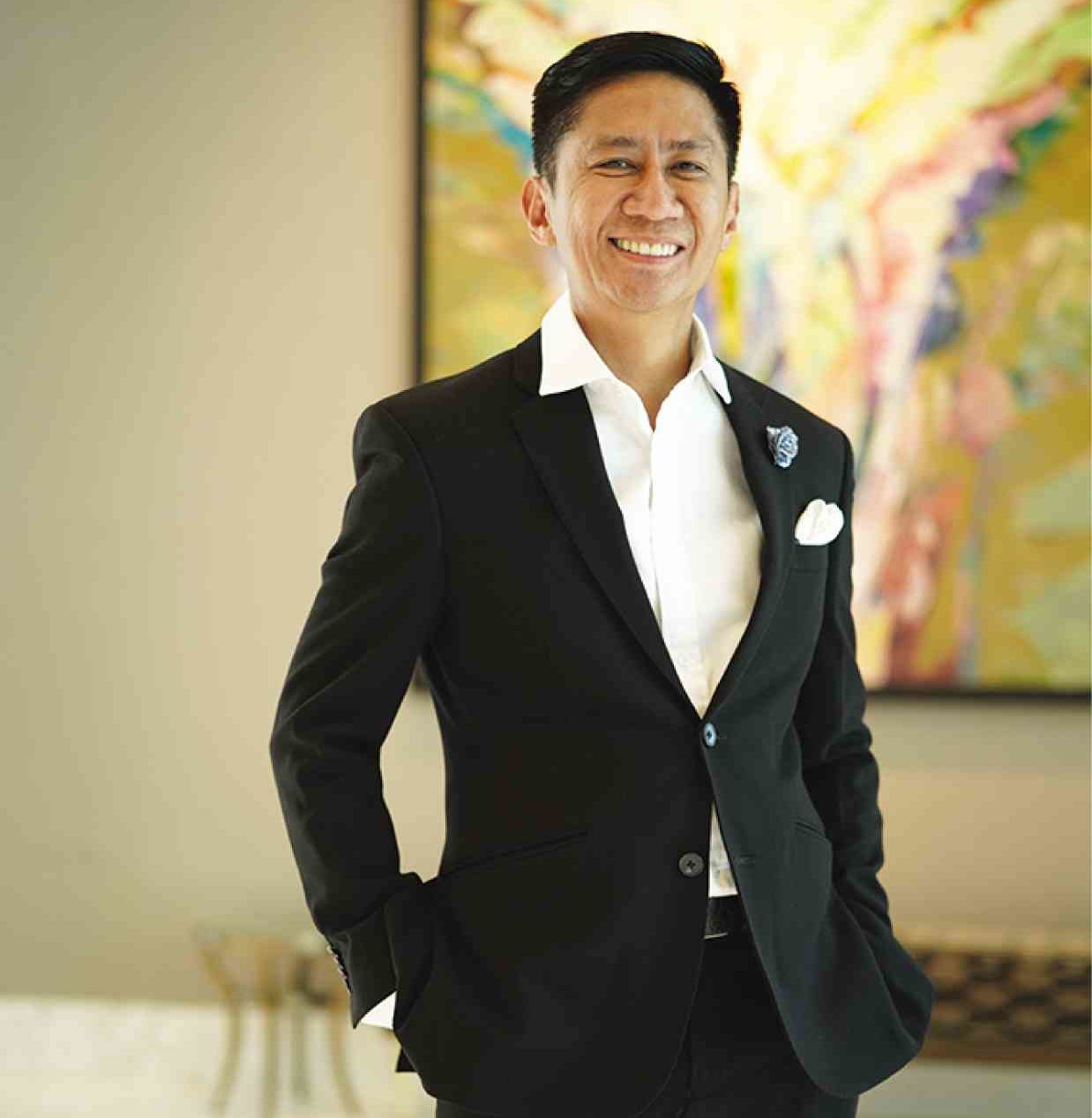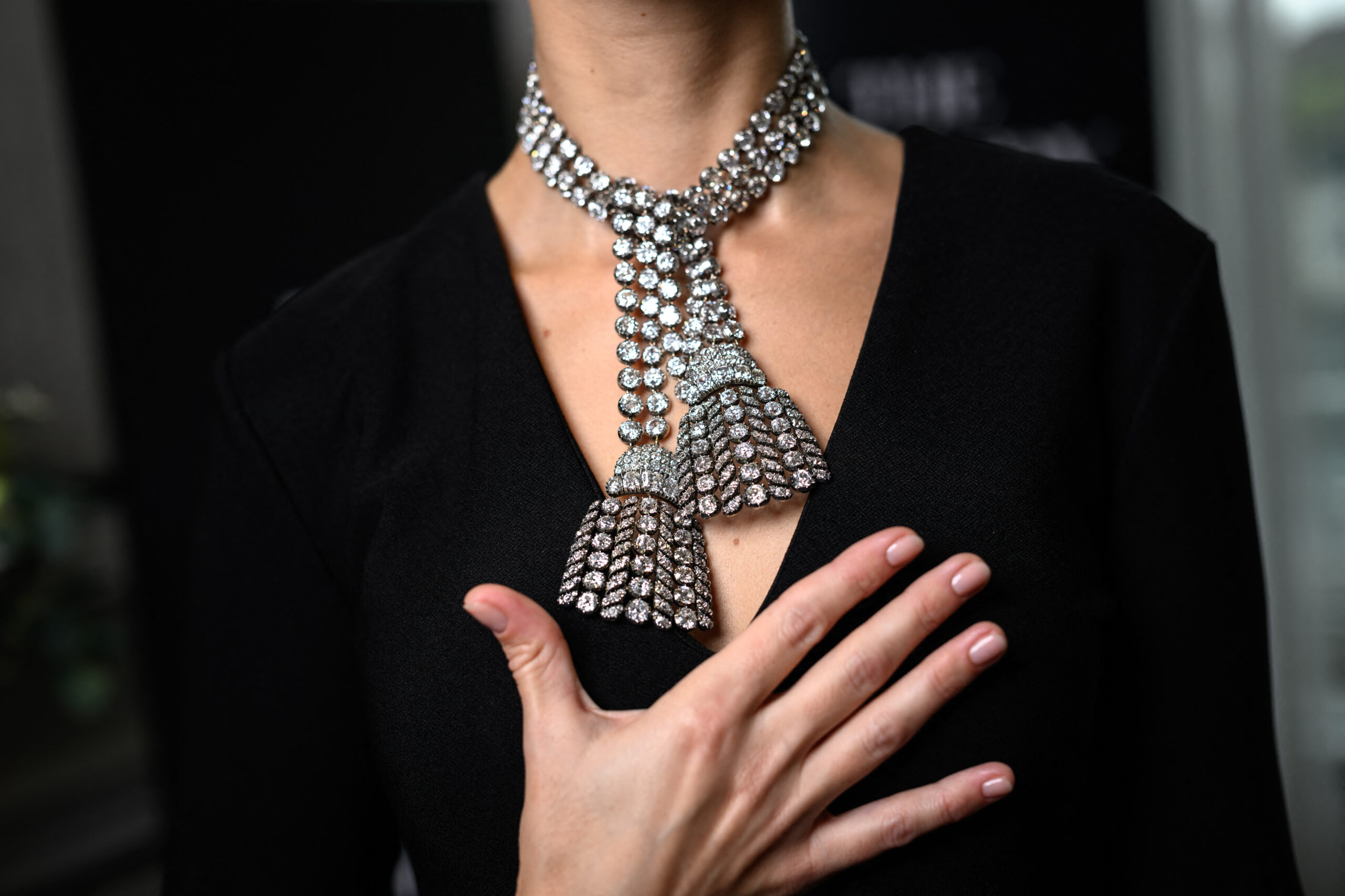
If somebody was injecting you with a filler, would you allow them to inject it to your face blindfolded?”
This was a question raised by Dr. Sabrina Fabi, a San Diego, California-based dermatologist, to underscore the importance of having a real-time visual guide for medical professionals to perform cosmetic procedures on patients.
“No intelligent human being would allow someone to do that to her face blindfolded,” she added.
“It’s the same with Ultherapy®. When you’re treating a muscle layer that’s 4.5-mm deep with a procedure that’s delivering 65-degree heat, you want to see where that heat is going. In the United States, the Food and Drug Administration takes that very seriously, so there are no fake treatments. They recognize the severity of the injury that can occur.”
Dr. Fabi, an Ultherapy® expert, was recently in Manila for the launch of #UltherapyForTwo, which encourages men to take care of their looks just as their wives or girlfriends do.
She also tackled the dangers patients face when they undergo “fake Ultherapy®” treatment, an issue that’s becoming quite rampant in the Philippines—the one drawback of the noninvasive face-lifting procedure’s massive popularity here.
Ultherapy®, created by Merz, is the only US FDA-cleared noninvasive aesthetic treatment that uses micro-focused ultrasound with visualization to lift and tighten the skin on the brow, under the chin, neck and chest areas. It’s being offered in over 60 countries.
Fake centers
Since Ultherapy® was introduced in the Philippines a few years ago, many Filipinos have been curious to try the treatment endorsed by spokespersons like Kris Aquino and Pia Wurtzbach. There are unscrupulous parties who are taking advantage of this—some beauty centers use fake machines they claim to be Ultherapy®.
“We are working with the authorities to go after these fake centers,” said Jorge Libanan, country manager of Merz Phils. “They have HIFU (high-intensity focused ultrasound; pronounced high-foo) machines but they pretend to be offering Ultherapy®. Worse because there are distributors who are also selling the machines and the consumables. There’s a body that regulates these, but unfortunately some get away. It became our burden to track them down.”
Libanan was glad to report that they’ve had some successes against the fake centers, with at least four cases now under litigation. Merz Philippines is also continuing with its informational campaign via newspaper articles and social media.
He said there are 64 Ultherapy®- accredited clinics in the Philippines, and consumers can check their authenticity at realmattersasia.com, which lists all accredited centers in Asia Pacific. The clinics bear the Ultherapy® authenticity seal.
Often, unwitting consumers fall for fakes because of the significant discounted rates compared to the real deal. Libanan said fake centers charge only about a tenth of the price of an authentic Ultherapy® treatment—too good to be true.
Pitfalls
But the payoff for such a discount, however, could only result in regret, as Dr. Fabi explained the pitfalls of fake treatments.
HIFU, she explained, destroys larger sections of fat, and is not micro-focused ultrasound energy like Ultherapy®. In the US, HIFU is not indicated for face lifting, and is used only for the body.
Because other machines can’t visualize where the heat, and how much of it, is being delivered, “I’ve seen cases of significant fat loss on the face to substantial hypertrophic scarring and keloiding,” said Dr. Fabi. “If you destroy fat in your face, you will get indentations in places where they shouldn’t be. You can also get burned.”
Another danger for Asians is sensitivity, she added. Versus Caucasian skin, “cells that create pigment are different in Asian skin. You run the risk of creating more skin pigmentation, so it’s important to visualize in real time where you’re treating so you don’t treat those cells that are more superficial. That happens when you use any treatment with a heat-based device in which you can’t visualize. With Ultherapy®, you don’t go through that kind of mishap. You can see through the different tissue planes so you are sure of where you’re delivering that heat.”
Conversely, a fake treatment may yield no results, owing to inconsistency in energy levels or depths of the targeted tissues.
Also, only trained doctors and certified healthcare professionals are allowed to perform Ultherapy®. “Anyone can deliver Ultherapy®, or ultrasound energy, but how to deliver it safely means having an understanding of the anatomy and the different tissues and what they look like under ultrasound. That’s experience you get from proper medical training. It’s not just getting treatment with the right device, it’s also about who’s administering that treatment that’s equally important,” said Dr. Fabi.

Merz Philippines
country manager
Unique proposition
Ultherapy® has a unique beauty proposition that has clicked with busy individuals: apart from being noninvasive with no downtime, the treatment takes only about 60-90 minutes. It stimulates the production of new collagen, which lifts and tightens skin, with results gradually appearing over the course of two to three months. A patient needs to do it only once a year.
Globally, about 90 percent of Ultherapy® clients are female. Merz Philippines is seeing an opportunity to attract more male clients since their survey has shown that clients also want their husbands to undergo Ultherapy®.
“Men get their motivation from their wives,” said Libanan. Their example is celebrity couple Richard and Lucy Gomez, their #UltherapyForTwo ambassadors.
It’s 2019 and there shouldn’t be a stigma on men who also want to look good, said Libanan, who himself has undergone the treatment. “There shouldn’t be shame in self-care. We’re trying to erase that. It’s not un-macho to want to look good for yourself and your wife.”
He said that they have had significant inquiries from men, even before Richard Gomez was introduced as endorser. Other male celebrities who have done it include Piolo Pascual, Alden Richards and Derek Ramsay.
Not just celebrities
But it’s not just celebrities doing Ultherapy®. There’s an increasing acceptance in men undergoing aesthetic procedures because “men in executive positions want to continue to look young,” said Dr. Fabi. “There’s a growing demographic of younger people entering the workforce, and [older] men feel a bit threatened in their executive roles. In the US, we’re seeing that CEOs are doing these procedures so they could remain competitive in such a landscape.”
While women want a contoured and lifted face such that their Ultherapy® treatments are concentrated on the brows and lower face, men typically want a more masculine and stronger, chiseled jawline. “When that starts to go, men tend to look more feminine,” said Dr. Fabi.
But should an overweight man first lose weight to get defined jaws?
“You don’t have to really lose weight,” said Dr. Fabi. “That’s where the expertise on the anatomy comes in. You will recognize if the patient has too much subcutaneous fat, then you’re not going to be able to get to the right target tissue.”
Aesthetic patients worldwide are avoiding being cut and undergoing surgery at all cost that noninvasive modalities are becoming the global trend, she added. “And more important is that it can be done in a single treatment, because nobody has time. With Ultherapy®, you never fear unnatural results.”
Three years ago, there were only about a 23 Ultherapy® clinics. Now there are 64 accredited centers in Metro Manila, Mindanao, Cebu, Tacloban, Baguio and Dagupan. That number will increase even more as they promote the treatment to men.
“We’re confident that more men will try Ultherapy® because we also want to look good and feel good,” Libanan said.












































